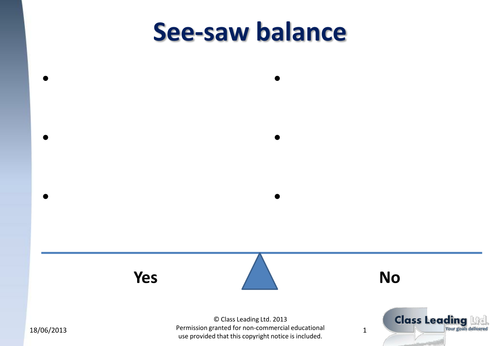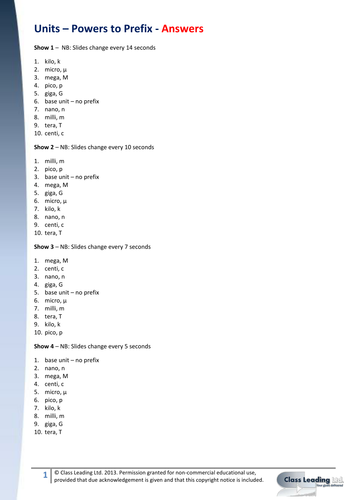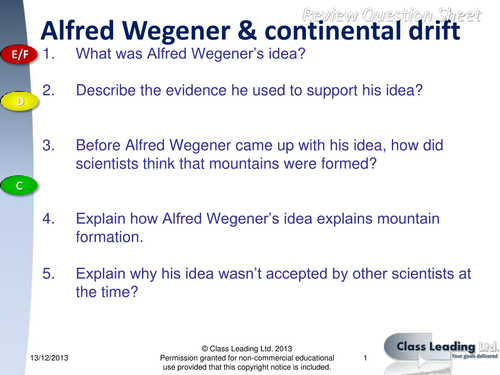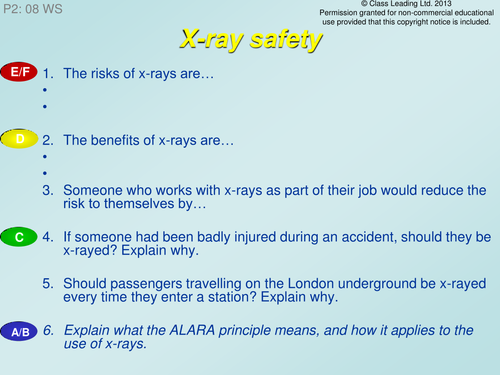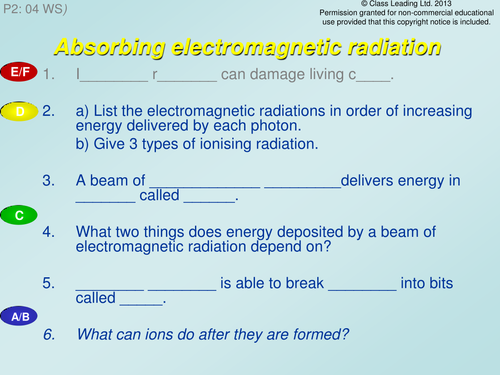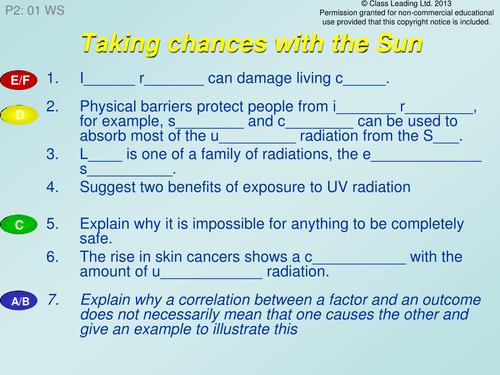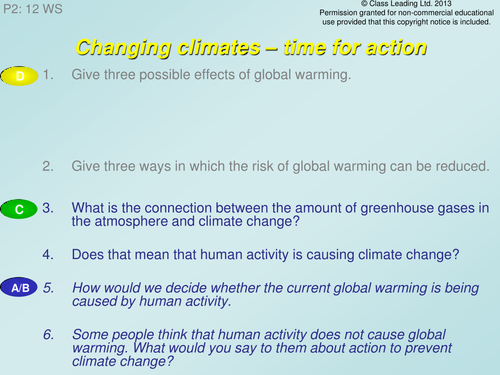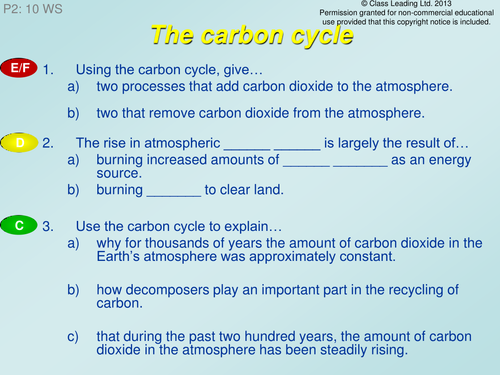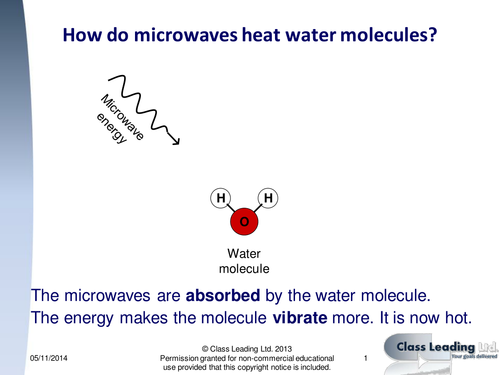314Uploads
262k+Views
194k+Downloads
Physics

GCSE Physics/ Science flash cards (suitable to make at home)
These are flash cards for GCSE Physics/ Science. They cover key facts that pupils need to learn.
They are designed to be suitable for pupils to print at home and make up the cards.
They include advice as to how to use the flash cards to help them to make the best use of their time when learning.
Flash cards sets included are:
Physics equations that need to be learnt
Circuit symbols, including some common questions linked to the symbols
Force and motion sketch graphs
Designed for AQA Science.

Thinking About - Coke & Mentos
This activity is part of the ‘Thinking About’ Series.
The sequence aims to think through the investigative process using a very engaging activity. It involves learners thinking through the control and measurement of variables.
It can be used to produce and analyse graphs and think through challenging explanations.
There are also some surprising events for further challenge if different soft drinks are used.
In this activity there is a PowerPoint, an activity guide and making and launching guides (which it is recommended that you laminate!)

Sound waves on an oscilloscope - with sound
This resource is an interactive slideshow aimed at pupils in KS3/4. It shows the screen of an oscilloscope with different waveforms of sounds. Embedded in the slideshow are sounds that would produce that waveform, so that pupils can hear the sound and see the waveform at the same time. There are slides that show the relationship between the waveform and the sound.
There are also questions at the end that can be used to check that pupils can recall and understand the relationship between the waveform and the sound.
There are worksheets included that can be printed on A4 and included in booklets or pasted into larger books. The worksheets can also be easily cut or folded in half for pupils using smaller books.

Weighing up arguments - See saw writing frame
This resource is a collection of 6 slightly different see-saw balances that can be used with learners to help them develop the skills to weigh up an argument. The idea is that students will list reasons on both side of an argument (e.g. Should we have Nuclear Power?). They then use this to help make a decision. The scoring column on some sheets allows learners to score each argument out of a maximum of say 3. Add the scores on each side to see which has the stronger argument. This also includes phrases to support a more detailed conclusion. This was inspired by 21st Century Science.

Maths Skills - Units - Powers to Prefix Starter
These are a sequence of powerpoint shows designed as an instant engagement task (rolling on screen as learners enter the room for immediate engagement with learning). Learners write down the prefix that represents the power of ten multiplier. They are essentially the same task (with rearranged slides) but get progressively more demanding (as the changeover of slide gets faster) as the numbers in brackets increase. Start the students with (1) and then as they get faster, use the more demanding versions.

'Where do I stand?' cards - perceptions activity
This activity allows students to indicate their perceptions on a particular question. The question might be a debate e.g. ‘Should we build more nuclear power stations?’, ‘Is cloning a good idea?’ or ‘Should social media be banned?’.
To use the cards, print and laminate the cards. Lay the cards out along a line and ask the students to stand near the card that represents how strongly they agree (not on the card due to risk of slipping). Then ask them to justify their reasoning.
This works really well when carried out before and after a debate.
Designed for use in science, these also have use in other subjects such as Citizenship, PSHE and RE. Inspired by an activity at the NCT.

Greenhouse Effect & Solar System (editable)
This activity follows on well from the Greenhouse effect starter. Based on interpreting data about planets in the solar system, it leads learners to the conclusion that Venus is hotter than it should be due to CO2. There are two levels of activity, the more demanding one explores the role of photons/light/radiation in heating planets. This activity was originally designed for 21st Century Science unit P2.
Please note that this is an editable resource.
Key words: greenhouse effect, atmosphere, CO2, carbon dioxide, global warming

Thinking About - Do unbalanced forces cause movement?
This activity is designed to probe preconceptions about the idea that forces cause movement. Children will often think, based on their prior experience of stationary objects that introducing an unbalanced force will make something move in the direct of the force. This activity gives first hand experience of a situation that involves unbalanced forces on a moving object and helps challenge this preconception.
Bundle

Thinking About - Primary Investigations
In this bundle, two resource packs are available - Thinking About: Coke & Mentos and Thinking About: Goldilocks & the Three Bears.

James Hutton & Deep Time - graded questions
This activity contains a powerpoint with graded questions & answers and matching pupil activity sheets, designed to be used at the end of a lesson and/or the start of the next lesson to review previous learning. The questions are based on OCR 21st Century Science Specification, although could be used with other exam boards.
Clicking through the show reveals answers one a time. There are two slightly different activity sheets for differentiation - one has key words, the other without. These reduce to A5 easily, the ideal size for most pupils. Please note grades are approximate.

Alfred Wegener & Continental Drift - questions
This activity contains a powerpoint with graded questions & answers and matching pupil activity sheets, designed to be used at the end of a lesson and/or the start of the next lesson to review previous learning. The questions are based on OCR 21st Century Science Specification, although could be used with other exam boards.
Clicking through the show reveals answers one a time. There are two slightly different activity sheets for differentiation - one has key words, the other without. These reduce to A5 easily, the ideal size for most pupils. Please note grades are approximate.

Radiation journeys - graded questions
This activity contains a powerpoint with graded questions & answers and matching pupil activity sheets, designed to be used at the end of a lesson and/or the start of the next lesson to review previous learning. The questions are based on the previous OCR 21st Century Science Specification unit P2, although could be used with other exam boards.
Clicking through the show reveals answers one a time. These reduce to A5 easily, the ideal size for most pupils. Please note grades are approximate.

X-ray safety - graded questions
This activity contains a powerpoint with graded questions & answers and matching pupil activity sheets, designed to be used at the end of a lesson and/or the start of the next lesson to review previous learning. The questions are based on the previous OCR 21st Century Science Specification unit P2, although could be used with other exam boards.
Clicking through the show reveals answers one a time. These reduce to A5 easily, the ideal size for most pupils. Please note grades are approximate.

Absorbing EM radiation - graded questions
This activity contains a powerpoint with graded questions & answers and matching pupil activity sheets, designed to be used at the end of a lesson and/or the start of the next lesson to review previous learning. The questions are based on the previous OCR 21st Century Science Specification unit P2, although could be used with other exam boards.
Clicking through the show reveals answers one a time. These reduce to A5 easily, the ideal size for most pupils. Please note grades are approximate.

Sunlight and life - graded questions
This activity contains a powerpoint with graded questions & answers and matching pupil activity sheets, designed to be used at the end of a lesson and/or the start of the next lesson to review previous learning. The questions are based on the previous OCR 21st Century Science Specification unit P2, although could be used with other exam boards.
Clicking through the show reveals answers one a time. These reduce to A5 easily, the ideal size for most pupils. Please note grades are approximate.

Taking chances with the Sun - graded questions
This activity contains a powerpoint with graded questions & answers and matching pupil activity sheets, designed to be used at the end of a lesson and/or the start of the next lesson to review previous learning. The questions are based on the previous OCR 21st Century Science Specification unit P2, although could be used with other exam boards.
Clicking through the show reveals answers one a time. These reduce to A5 easily, the ideal size for most pupils. Please note grades are approximate.

Climate change (1) - graded questions
This activity contains a powerpoint with graded questions & answers and matching pupil activity sheets, designed to be used at the end of a lesson and/or the start of the next lesson to review previous learning. The questions are based on the previous OCR 21st Century Science Specification unit P2, although could be used with other exam boards.
Clicking through the show reveals answers one a time. These reduce to A5 easily, the ideal size for most pupils. Please note grades are approximate.

Climate change (2) - graded questions
This activity contains a powerpoint with graded questions & answers and matching pupil activity sheets, designed to be used at the end of a lesson and/or the start of the next lesson to review previous learning. The questions are based on the previous OCR 21st Century Science Specification unit P2, although could be used with other exam boards.
Clicking through the show reveals answers one a time. These reduce to A5 easily, the ideal size for most pupils. Please note grades are approximate.

The carbon cycle - grade questions
This activity contains a powerpoint with graded questions & answers and matching pupil activity sheets, designed to be used at the end of a lesson and/or the start of the next lesson to review previous learning. The questions are based on the previous OCR 21st Century Science Specification unit P2, although could be used with other exam boards.
Clicking through the show reveals answers one a time. These reduce to A5 easily, the ideal size for most pupils. Please note grades are approximate.

Microwave heating - animated powerpoint model
This is a simple single slide with an animated water molecule to represent what happens when water absorbs microwave radiation.
With more able learners, they could evaluate the model used for accuracy.




